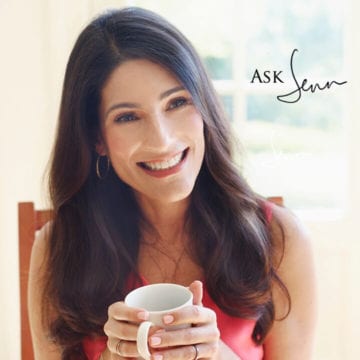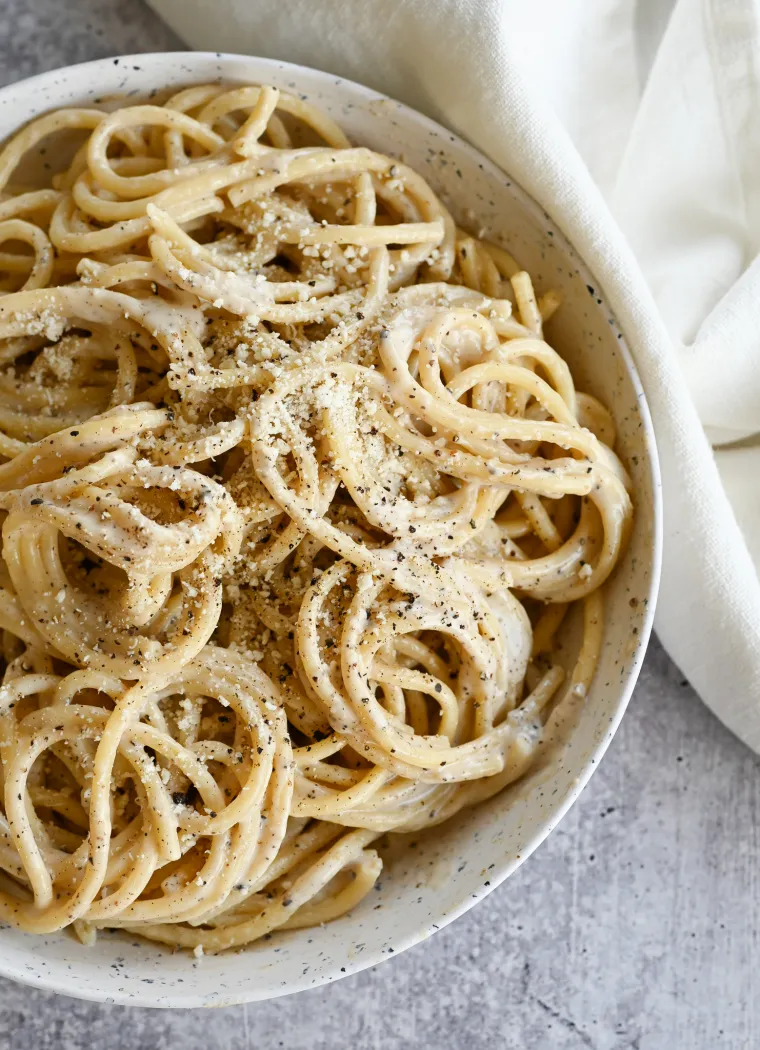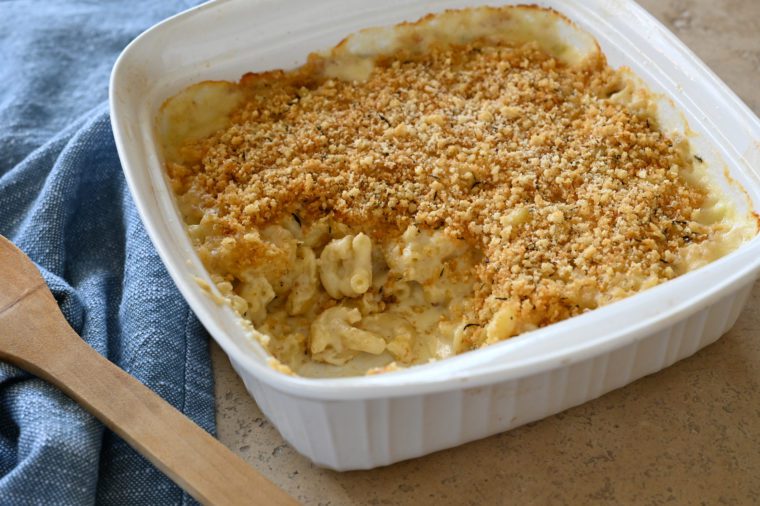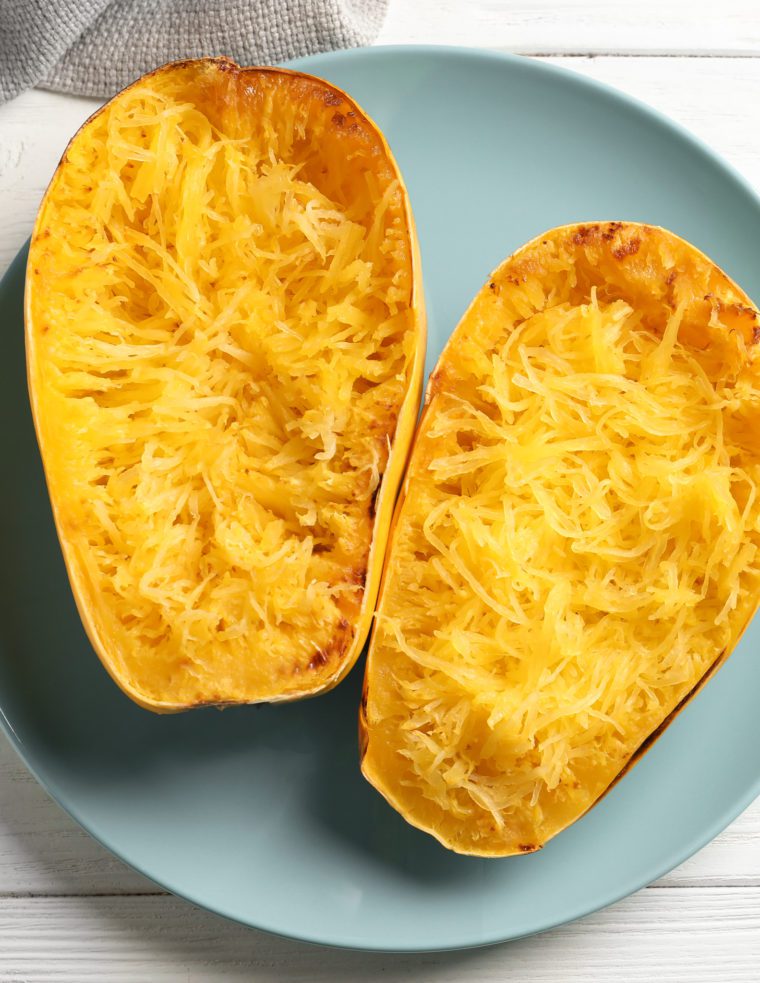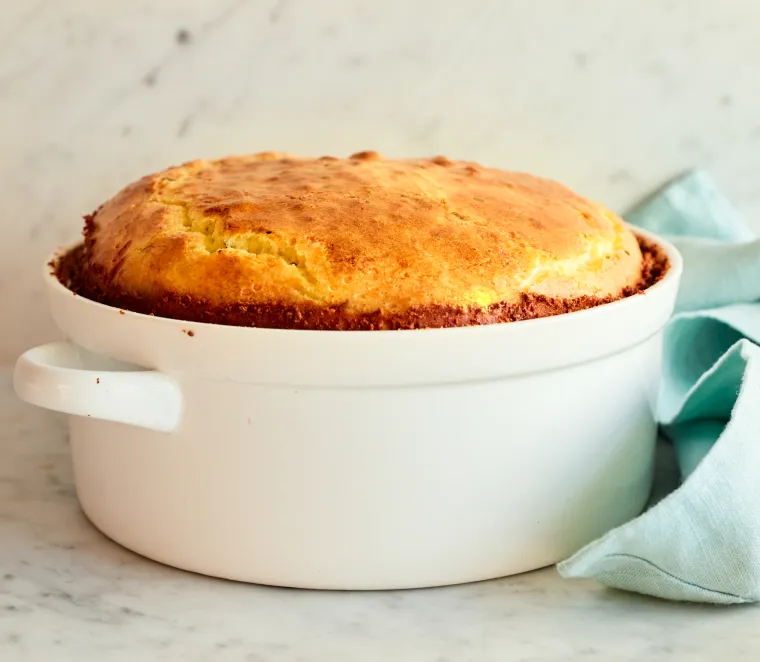Cacio e pepe, or pasta with Pecorino Romano cheese and fresh black pepper, proves that simple is often best.
One of the simplest pasta dishes in existence, cacio e pepe is a Roman dish that translates to “cheese and pepper” (it’s pronounced kaa-chee-ow-ee-peh-pay). It is traditionally made from just three ingredients – coarsely grated black pepper, finely grated Pecorino Romano cheese, and pasta – but many versions also call for a bit of olive oil, butter, or cream. The magic happens when some of the starchy, salty pasta cooking water is added to these basic ingredients to make a rich, creamy sauce. Think of it as an uncomplicated, peppery Italian mac and cheese. This version is adapted from That Noodle Life: Soulful, Savory, Spicy, Slurpy, a deliciously fun new cookbook by Mike and Stephanie Le from iamafoodblog. The recipe feeds two since it’s the perfect no-food-in-the-house dinner or late-night snack to throw together on a whim, but it can easily be doubled.
The original recipe in the book is made using the traditional method of slowly adding the cheese and pasta water to the cooked noodles, stirring constantly to emulsify the sauce. This technique takes practice, as the cheese tends to clump up and stick to the pan if it gets too hot. To ensure a creamy sauce, I borrow a trick from Italian chef Luciano Monosilio and blitz the pasta water and cheese in a blender before adding it to the pasta. You still have to be careful not to overheat the sauce, but not nearly as much so.
What You’ll Need To Make Cacio e Pepe
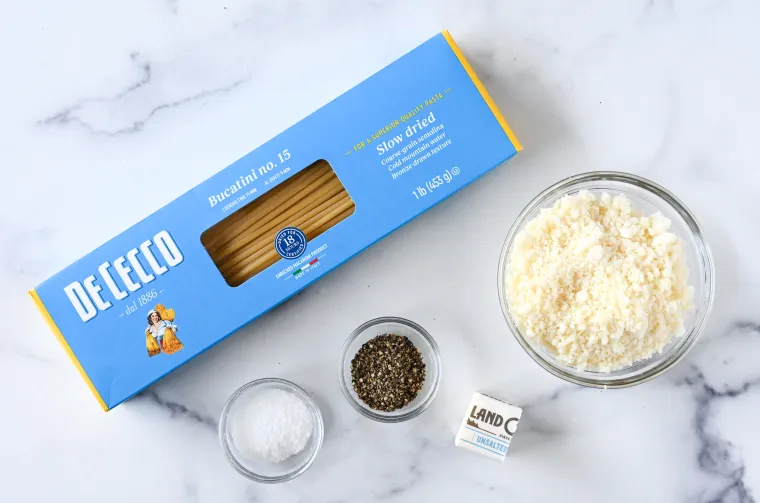
Pasta: The recipe calls for either bucatini (also known as perciatelli) or spaghetti. Bucatini resembles spaghetti but is slightly thicker and has a small hole that runs through the center, so it is essentially hollow spaghetti (buco actually translates to “hole”). Bucatini is ideal for soaking up the sauce, but spaghetti is a great alternative if you can’t find it.
Cheese: Pecorino Romano is a salty, sharp-flavored cheese made from sheep’s milk. It can be found in most supermarkets near the Parmigiano-Reggiano. While the two cheeses are sometimes interchangeable in recipes, I recommend sticking with the Pecorino Romano here, as it has a bolder flavor.
Pepper: Make sure to use freshly ground black pepper – it’s significantly more flavorful than pre-ground pepper – and set your grinder to the coarsest setting. As for the amount, I’ve given a range depending on how peppery you like your pasta.
Butter: While not a traditional ingredient in cacio e pepe, the butter is used to “bloom” the fresh ground pepper before mixing it in with the pasta. It also makes for a creamier sauce without diluting the other flavors.
Step-by-Step Instructions
In a Dutch oven or large pot, bring 2 quarts of water and 1 teaspoon of salt to a boil. Add the pasta and cook according to package instructions until al dente.
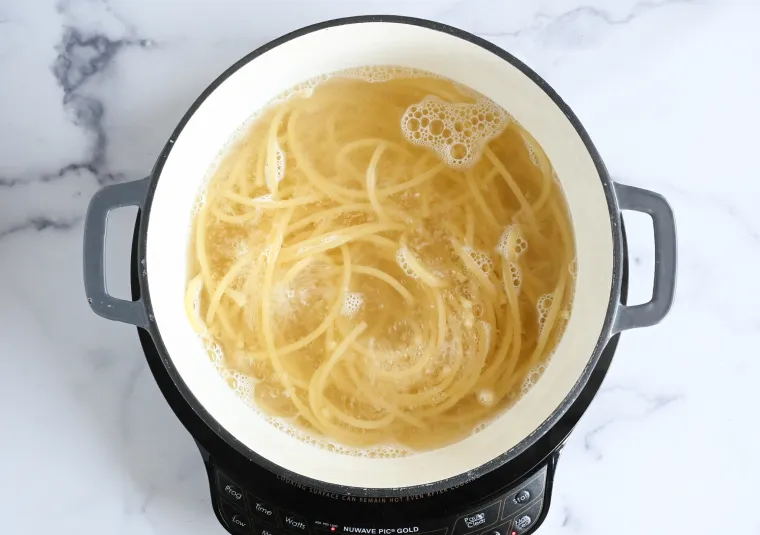
Reserve 1 cup of the pasta cooking water and drain.
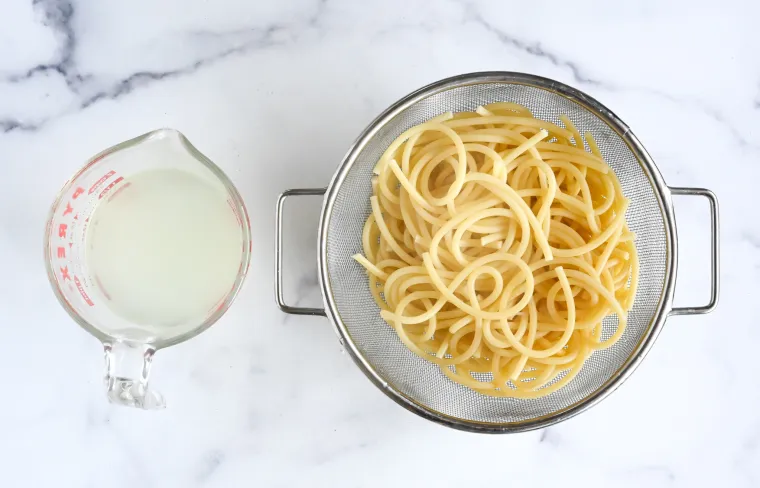
Set the same pot over low heat and melt the butter. Add the pepper.
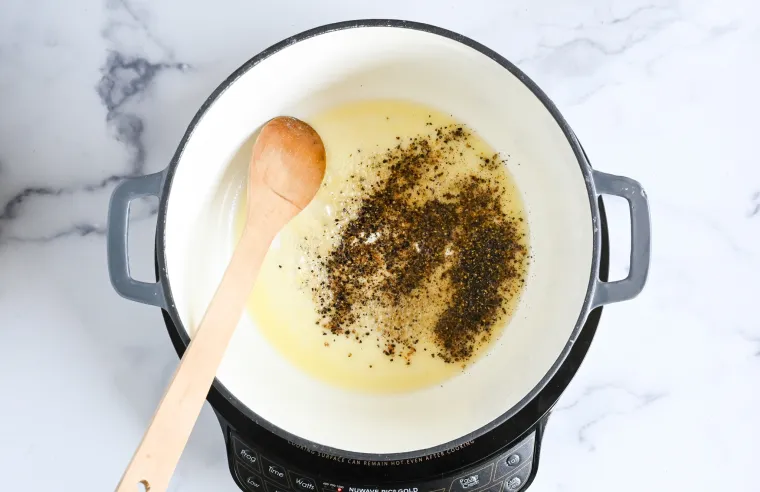
Cook, stirring constantly, until fragrant, about 1 minute.
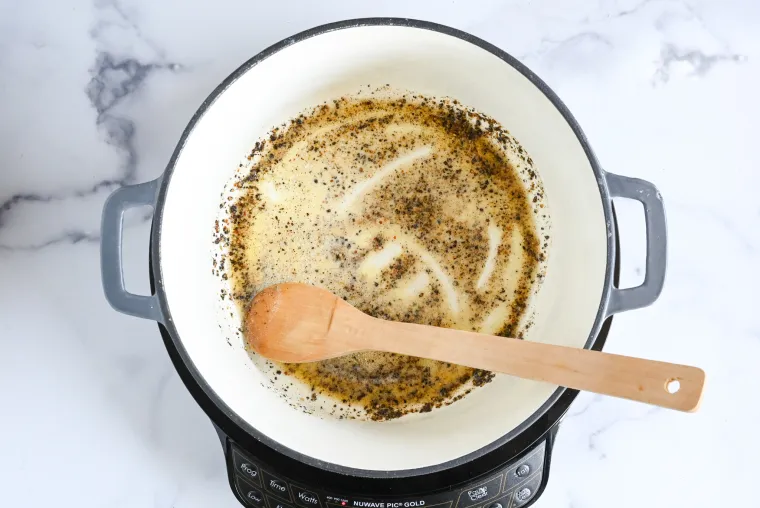
Add the drained pasta to the pot and toss to coat evenly. Remove the pot from the heat.
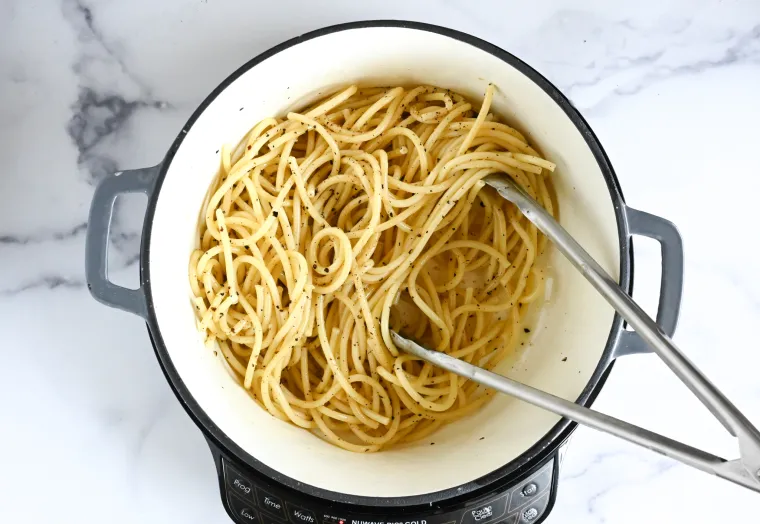
In a blender, combine the cheese and ⅔ cup of the pasta cooking water.
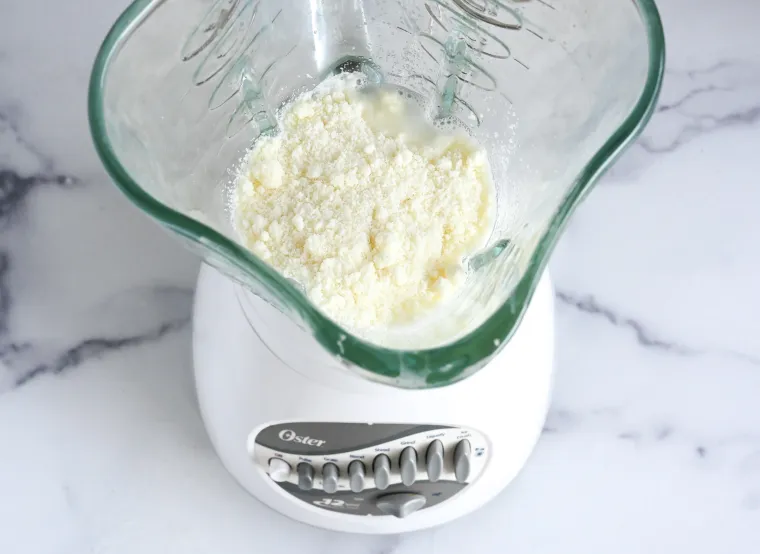
Blend until smooth and creamy, 10 to 15 seconds.
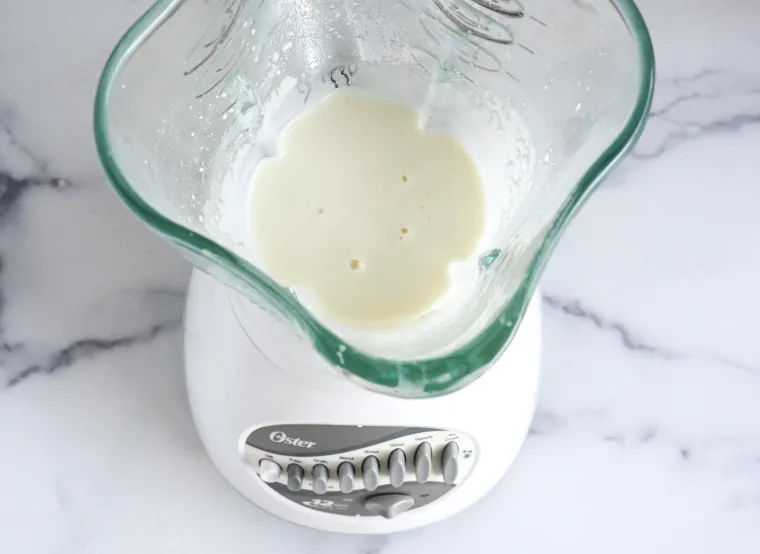
Add the sauce to the pasta in the pot and toss with tongs.
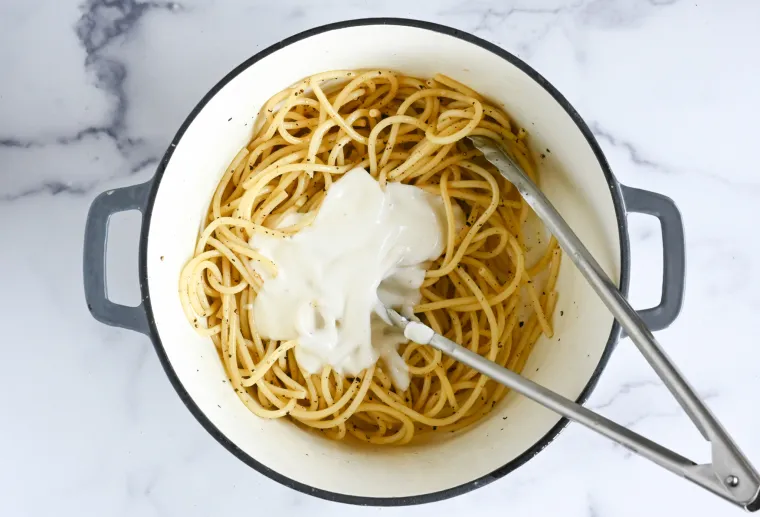
Place the pot back over low heat and cook, stirring constantly with the tongs, until the sauce is the consistency of a thin cream sauce, a few minutes. Add more of the reserved pasta water to thin the sauce only if necessary. Be careful at this stage: if the sauce gets too hot, it will start to clump up and stick to the pot and tongs.
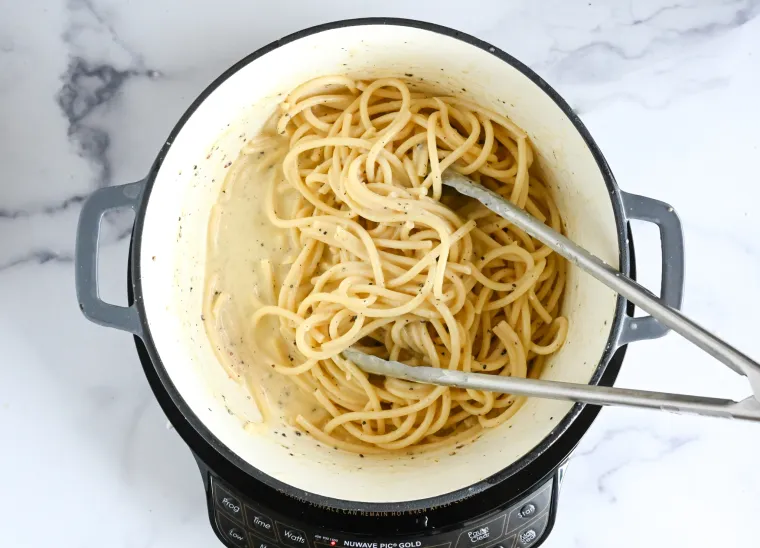
Once the sauce is the right consistency, immediately transfer the pasta to bowls and serve. Pass more cheese and pepper at the table, if desired.

Please find original recipe link here.
Notice Inappropriate?
If you come across any inappropriate content, please report it to our administrators!

